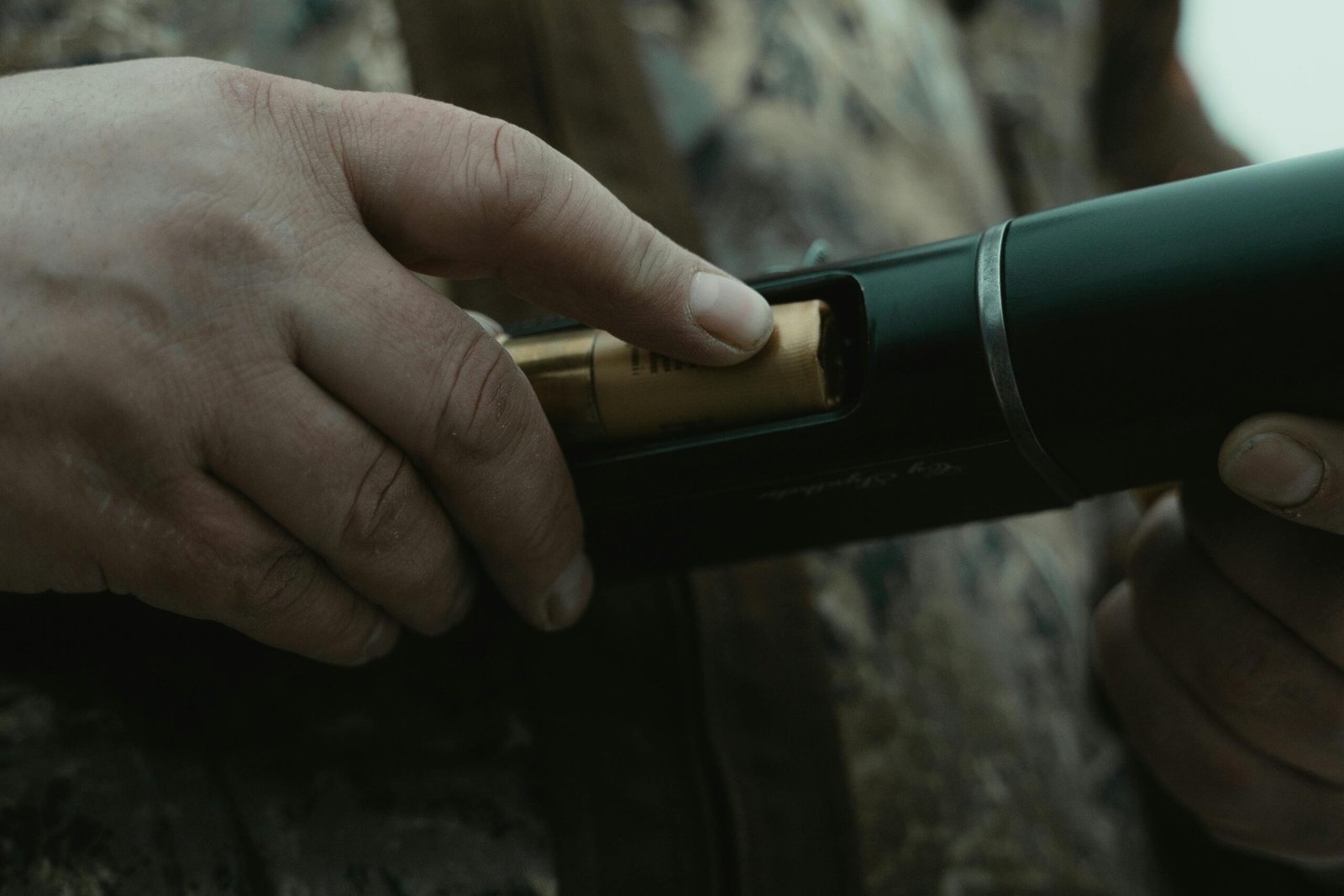
How Many Yards Can Small Shot Travel? A Complete Guide
Understanding how many yards can small shot travel is crucial for every shotgun owner. This knowledge is not just about hitting a target; it is fundamentally about safety. Many factors influence this distance, from the size of the pellet to the angle of the shot. Therefore, having a clear understanding ensures everyone remains safe, whether you’re hunting or at the shooting range.
Understanding the Factors That Influence Shotgun Pellet Travel
The distance a shotgun pellet travels is not a single, fixed number. In fact, several variables come into play. Firstly, the shot size is the most significant factor. Smaller pellets, like birdshot, lose energy much faster than larger buckshot due to their lower mass and greater air resistance.
Additionally, the choke of your shotgun plays a vital role. A tighter choke concentrates the shot pattern, which can slightly increase the maximum range of the pellets. Moreover, the angle at which you fire the gun dramatically affects the total distance. A shot fired at an upward angle of around 30 degrees will achieve its maximum possible range.
Key Influencing Variables:
- Shot Size & Weight: Lighter pellets (like #8 birdshot) have less momentum and slow down faster.
- Muzzle Velocity: A higher initial speed gives the pellets more energy to travel farther.
- Angle of Fire: An upward trajectory maximizes the distance the pellets can cover.
- Environmental Factors: Wind can significantly alter the path and distance of small pellets.
How Many Yards Can Small Shot Travel? General Ranges
So, let’s get to the core question. While exact distances vary, we can provide reliable estimates based on shot type. These numbers represent the maximum potential travel distance under ideal conditions, not the effective hunting range. The effective range is always much shorter.
Birdshot (Sizes #4 to #9)
Birdshot consists of very small, light pellets. Consequently, they lose their energy quickly. Most common birdshot sizes, like #7.5 or #8, will travel approximately 250 to 350 yards. It is important to remember that their effective range for hunting is typically under 50 yards.
Buckshot (Sizes #4 to #000)
Buckshot pellets are significantly larger and heavier. As a result, they retain their energy for a longer period and travel much farther. For instance, common #00 buckshot (‘double-aught’) can travel up to, and sometimes beyond, 600 yards. This highlights the critical need for knowing your backstop.
The ‘Rule of Thumb’ for Calculating Safe Shotgun Range
For a quick safety calculation, many experts use a simple formula. This rule of thumb provides a conservative estimate for the maximum travel distance in yards. However, you should always treat it as a minimum safety guideline, not an absolute fact.
The formula is: Shot Diameter (in inches) x 2200 = Maximum Range (in yards)
For example, #8 shot has a diameter of .09 inches. Using the formula, we get: 0.09 x 2200 = 198 yards. This calculation gives you a quick and safe estimate for your minimum danger zone. It’s a useful tool for making safe decisions in the field.
Key Safety Considerations for Every Shotgun Owner
Ultimately, knowing the maximum range is about practicing safe firearm handling. You are responsible for every pellet that leaves your barrel. Therefore, always follow these fundamental safety principles to ensure a safe and enjoyable shooting experience for everyone.
- Always identify your target and what is beyond it. Never shoot at a flat, hard surface or water.
- Know your firearm’s effective range and maximum range. They are two very different things.
- Assume every firearm is loaded and handle it with the respect it deserves.
- Wear appropriate safety gear, including eye and ear protection, at all times.